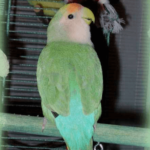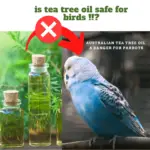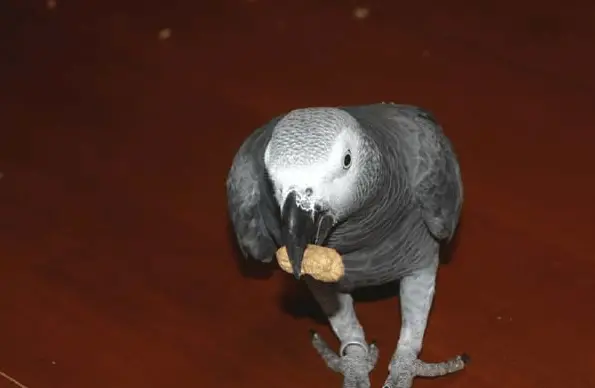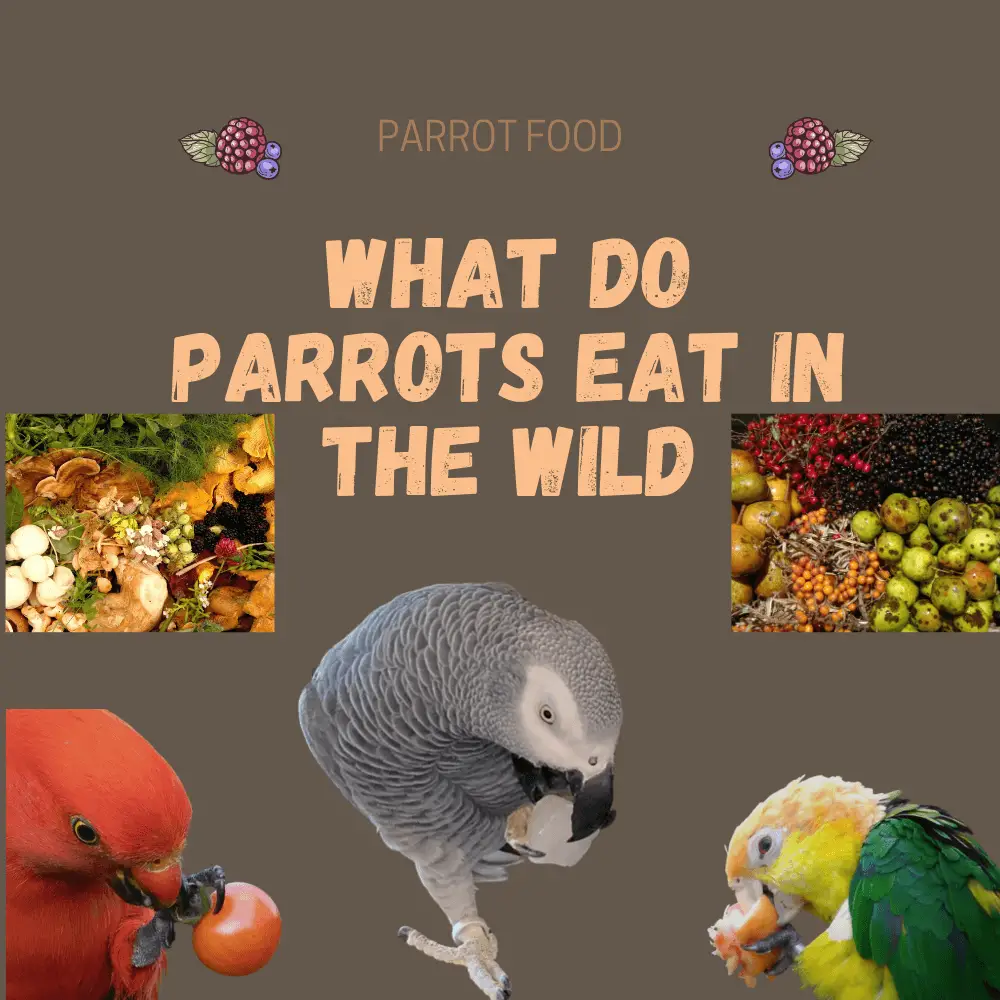
what do parrots eat in the wild: Extrudates or granules (balanced nutritional intake). A mixture of seeds (vitamins, minerals, and trace elements). From sprouted seeds (proteins, vitamins, minerals, enzymes, chlorophyll, and trace elements). Fruits and vegetables (provitamin A or beta-carotene).
Basic food
It is the most food given to parrots, they love it! The mixture must be composed of 70% cereals (wheat, millet, canary seed, corn, etc.) and 30 % oilseeds (sunflower, hemp seed, peanuts, etc.).
The mixture of seeds …
Beware of obesity with the mixture, some parrots sort their mixture a lot. Do not hesitate to leave the bowl for an extra day to avoid waste.
It is very complicated to switch from a parrot fed on seeds to an extruded feed (used for sorting, opening the hulls, etc.). The seed mixture should be of good quality to avoid deficiency and supplemented with fresh food daily.
Or the extrudates!
The extrudates are croquettes specially designed for parrots. They contain the same ingredients as a seed mix except they cannot be sorted. Most extrudates don’t need an extra vitamin addition because they already contain it.
The fresh, so important!
Fresh is always complicated to integrate for a parrot who is not used to it, yet it is the best vitamin intake! It is to be integrated gently to avoid any diarrhea.
The fee is as close as possible to what a parrot could find in the wild. And yes, the seeds are not all beautiful when dry in the Amazon rainforest or Australia! It will be important to vary it (find our list of fruits and vegetables for parrots ).
What fruits and vegetables to give to your parrot?
what do parrots eat
They are an important part of the parrot’s diet, here is a list of fruits and vegetables to give and not to give to the parrot:
Authorized foods
Remember to vary the fresh depending on what is sweet, waterlogged … to avoid any dietary imbalance.
The vegetables
- Beets
- Chard
- Carrot
- Celery (raw or boiled)
- Cucumber
- Squash
- Courgette
- Spinach
- Fennel
- Green beans (cooked)
- Parsnip
- Peas
- Pepper
- Pepper
- Radish (in small quantity)
- Salad (lettuce, lamb’s lettuce, chicory, and endives)
- Tomato (in small quantity)
- Jerusalem artichoke
what do parrots eat
what do parrots eat in minecraft
what do parrots eat in the wild
what do birds like to eat
why do birds eat rocks
The fruits
- Apricot
- Pineapple
- Goji Berry
- Banana
- Cranberry
- Cassis
- Cherry
- Clementine
- Fig
- Strawberry
- Raspberry
- Passion fruit
- Grenade
- Currant
- Khaki
- Kiwi
- Litchi
- Mandarin
- Mango
- Melon
- Ripe
- Blueberry
- Coconut
- Orange
- Papaya
- Watermelon
- Peach
- Pear
- Apple
- Plum
- Grape
Prohibited foods
- Garlic
- Aubergine
- Lawyer
- Coffee
- Chocolate
- Cabbage
- Grains, stones and seeds of our fruits
- Nutmeg
- Onion
- Parsley
- Leek
- Dairy products
- Tea
And of course, any industrial food we consume, fried, salty, sweet …
Complementary feeding
The mash is very useful during the breeding season or when the temperature drops (parrots living outdoors in winter). It allows a richer nutritional contribution.
The sweets
This is essential for teaching your parrot tricks. They are so fond of them that they would do anything for a little treat in return! The natural treats are better for your health, so you can give dried fruit and nuts or peanuts.
Prohibitions
Among the prohibited: table scraps, meat, insects, etc.
The most deadly foods for a parrot are Avocado, parsley, and rhubarb.
Offering the best to your parrot is certainly everyone’s wish, but despite all their good intentions, the best of owners can find themselves helpless in the face of the food whims of their bird. Funny situations are sometimes observed.
There is the person who loves their bird so much that they would do anything to please them. She even goes so far as to observe what he likes most about his grain mix and buys extra from him. Eventually, the parrot rejoices to find only bowls of sunflower seeds in its cage. His liver will probably end up screaming, “Help!”.
There is also the authoritarian person who thinks that the bird will not win by making whims. “He’ll eat when he’s hungry enough.” Unfortunately, the bird that does not like what is offered for food can sometimes starve itself to death.
The fast metabolism of parrots does not allow them to go without food for a long time. If he becomes anorexic, his blood sugar (blood sugar ) drops rapidly and he can lose up to 10% of his weight in just 24 hours.
In some situations, it can be just as difficult to feed your parrot good food as it is difficult to get a small child to eat broccoli or turnip.
Patience and ingenuity are two qualities possessed by those who end up winning the stomach of their little feathered little feather. It is by example and play that they get there.
What do parrots like to eat
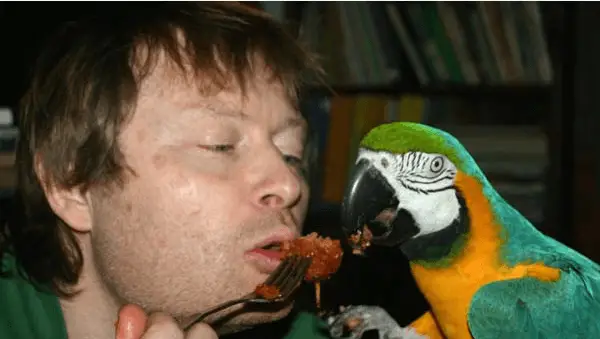
Eating healthy foods in the presence of the bird and getting it to participate in family meals are winning strategies.
Presenting varied and colorful vegetables on a wooden skewer that is attached ( vertically or horizontally ) to the bars of the cage can only attract the attention of the one for whom the feast is intended. Some birds categorically refuse to taste parrot feed.
Since the success of a good diet lies in the variety and freshness of the food, the feed is on the list of what you can offer. For parrots with a hard head, it is beneficial to give them a feed crushed in such a way that it looks like millet grains (example: Lafeber for finches ).
Millet is generally loved by all and this very small feed is much more often accepted by diehards. When the parrot consumes it, it can then be mixed with other kinds. Some people will start taking the feed only if it is soaked in fruit juice.
Others prefer it lukewarm. Why not mix it with mashed potatoes? This famous mashed potato, when a bird craves it, allows us to hide a lot of things that would not have happened otherwise: all kinds of cooked vegetables and sometimes even medicine.
what does parrots eat
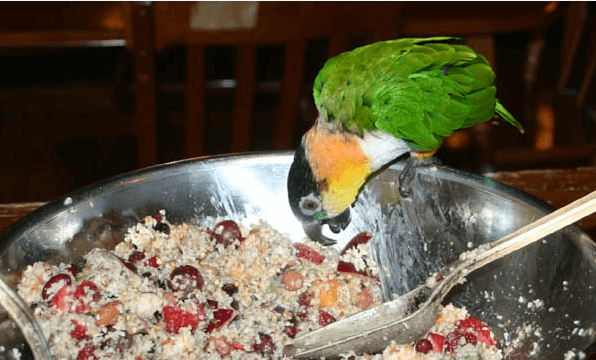
Defining exactly the real dietary needs of different species of parrots is no easy task. In principle, it could be safely said that dietary requirements vary from one species of bird to another.
We must therefore take into account its original ecosystem and try to determine what it would eat in nature.
It should also not be forgotten that according to the seasons, the availability and variety of foods change. Physical condition ( healthy vs sick ), energy needs ( the breeding bird vs the one in maintenance),
age ( the adult in maintenance vs the growing baby ), physical activity (the sedentary bird with clipped wings vs the one that flies freely ) are all situations which vary the energy and nutritional needs of individuals in the same species.
Properly feeding parrots and other pet birds has always been a big challenge. To date, no commercial food ( mixed grain or feed ) can claim to meet completely and exactly all the needs of the bird.
It is, therefore, best to vary as much as possible what is offered: grains, mash, fruits and vegetables, bread, pasta, cereals, dairy products ( always processed: examples: cheese, yogurt. Avoid milk and cream ), meats, and other sources of protein (do not abuse it ).
It should also be noted that in order to feed in nature, the bird must move and search. It occupies the mind that! In his cage all he has to do is stretch his neck, chew a little, and the meal is over. It’s frankly boring.
This is why, in addition to the nutritional benefits, there is a lot of variation in foods that provide a new experience with every bite. Hiding non-perishable food in specially designed toys or just in a ball of paper or a hole in a piece of wood is a nice treat to your bird.
Chronic malnutrition predisposes to disease by weakening the immune system. Insidious, it doesn’t always cause noticeable symptoms. In the malnourished parrot, we, therefore, notice a higher rate of infections, liver disease or kidney disease. The plumage is often duller.
The Morning Parrot Feed
SOURCE:Echo Bonaire
Some essential nutrients
Vitamin A: It is essential for the health of the immune system and the epithelial cells of the body. It also plays an important role in vision.
The symptoms of a deficiency are mainly associated with the loss of the integrity of the epithelial cells ( sometimes complicated by a secondary infection ):
erosion of the papillae of the choanae, keratinized plaques in the oral cavity, conjunctivitis, respiratory infection ( nostrils, sinuses, trachea, syrinx), digestive, renal, reproductive, and pododermatitis problems.
Examples of foods rich in vitamin A: parsley, spinach, endive, squash, carrot, egg yolk, cooked liver. Deficiencies are treated under veterinary supervision, as overdose poisoning is possible.
Vitamin B1: This vitamin ensures health, among other things the health of the nervous system. Certain foods ( tea, coffee, blueberries, and beets ) contain inhibitors of this vitamin.
Their overconsumption could cause a deficiency. The bird lacking vitamin B1 experiences weakness in the legs which can sometimes lead to paralysis.
Various neurological problems are also reported including opisthotonos ( head thrown back ). Examples of foods rich in this vitamin: cereal products, brewer’s yeast, peas. The treatment of the sick bird is done by injections.
Vitamin D3: plays an essential role in the absorption of calcium. In too small an amount, it causes problems associated with calcium deficiency.
The seeds do not contain vitamin D3. Intoxication by overconsumption is possible: the calcification of certain vital organs ( aorta, other large blood vessels, kidney ) is not without consequences. Examples of foods rich in this vitamin: egg yolk, cod liver oil.

Calcium: It is necessary for healthy bones and proper muscle function. The seeds are very low in calcium although they contain a good amount of phosphorus.
Phosphorus should always be consumed in smaller amounts than calcium; two times less because its presence hinders the good assimilation of calcium.
A diet composed only of seeds, therefore, promotes hypocalcemia ( low levels of calcium in the blood) and the body reacts by drawing directly on its reserves: the bones.
The skeleton gradually decalcifies and is much more prone to fractures. The condition becomes catastrophic in the female who, moreover, loses her precious calcium in the shell of her eggs.
Symptoms of hypocalcemia include fractures, deformities of the legs or wings, crooked wishbone, fractures, tremors, convulsions, retained eggs, and others.
The African gray parrot is particularly sensitive to a lack of calcium. Examples of foods rich in calcium: eggshells, oyster scales, cheese, yogurt.
Iodine: Iodine is essential for the proper functioning of the thyroid gland. The deficiencies are especially encountered in the parakeet and sometimes the cockatiel.
Due to the lack of this mineral, the thyroid gland swells and puts pressure on the trachea and esophagus. A bird is then observed which easily runs out of breath, the breathing is sometimes wheezing and sometimes a change in the tone of the voice is noticed.
If the esophagus is also compressed, there is regurgitation, poor emptying of the crop with or without secondary infection. The sick bird often has poor plumage from which abnormally long downs emerge.
It is also possible that it plucked its feathers in the area of its neck. It is not always easy to get enough iodine from the diet. Whey powder, meat, and fish contain it.
For birds, therefore, it is best to add it to the diet as a supplement. Sufficient iodine is found in most multivitamin and multi-mineral supplements.

